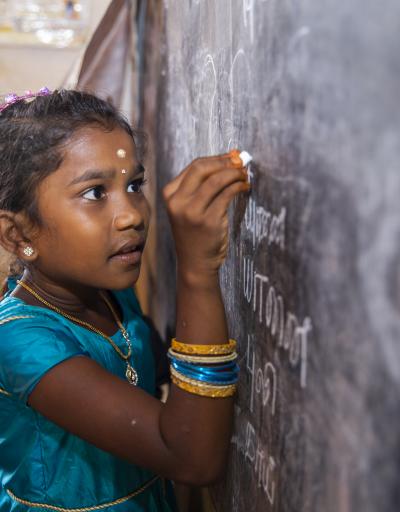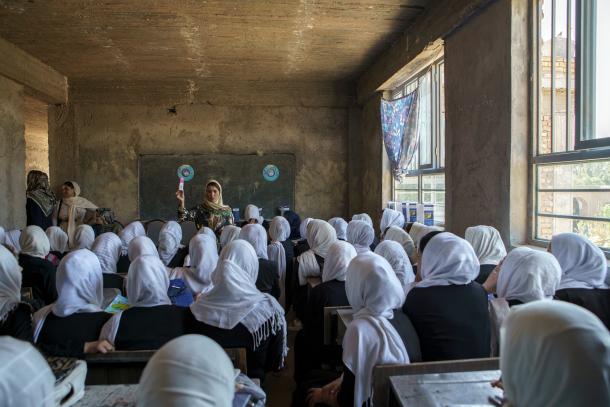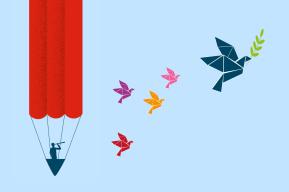
News
Let girls and women in Afghanistan learn!

Everyone has the right to education. Everybody. But in Afghanistan, girls and women have been deprived of this fundamental right: They are no longer allowed to attend secondary school and higher education.
This devastating decision threatens to wipe out huge gains made in education over the past 20 years despite major challenges. It also makes Afghanistan the only country in world today to suspend girls’ and women’s access to education.
The country risks a lost generation as educated women are essential for its development. Afghanistan – or any other country – cannot advance if half of its population is not allowed to pursue an education and participate in public life.
On International Day of Education (24 January), UNESCO is calling for an immediate and non-negotiable access to education and return to school for all girls and young women in Afghanistan.
What is the current situation of girls’ and women’s education in Afghanistan?
Since September 2021, the return to school for all Afghan girls over the age of 12 have been indefinitely postponed leaving 1.1 million girls and young women without access to formal education. Currently, 80% of school-aged Afghan girls and young women – 2.5 million people are out of school. Nearly 30% of girls in Afghanistan have never entered primary education.
In December 2022, university education for women was suspended until further notice, affecting over 100,000 female students attending government and private higher education institutions.
The number of women in higher education had increased almost 20 times during 2001 and 2018 and before the recent suspension one out of three young women were enrolled in universities.
What was the situation for Afghan girls and women before the current suspensions?
Between 2001 and 2018, the country saw a tenfold increase in enrolment at all education levels from around 1 million students in 2001 to around 10 million in 2018. The number of girls in primary school increased from almost zero in 2001 to 2.5 million in 2018. By August 2021, 4 out of 10 students in primary education were girls.
Women's presence in Afghan higher education increased almost 20 times, from 5,000 female students in 2001 to over 100,000 in 2021. Literacy rates for women doubled during the period, from 17% of women being able to read and write in 2001 to nearly 30% for all age groups combined.
How does UNESCO support education in Afghanistan?
UNESCO has been strongly involved in supporting the education system in Afghanistan during the last 20 years, including running a successful literacy programme that reached over 600,000 youth and adults. 60% of the beneficiaries were women.
Since August 2021, UNESCO has shifted its interventions to ensure continuity of education through community-based literacy and skills development classes for over 25,000 youth and adults, including 60% women and adolescent girls in 20 provinces. Its advocacy campaign “Literacy for a Brighter Future” reached out to over 20 million Afghans to increase public awareness of the right to education for youth and adults, especially women and adolescent girls.
UNESCO is also working on an education data monitoring initiative to ensure reliable data so that education partners channel funding to the most critical and unmet education needs.
- Join the conversation on social media via the hashtag #LetAfghanGirlsLearn
- International Day of Education
- The right to education: What is at stake in Afghanistan? A 20-year review









